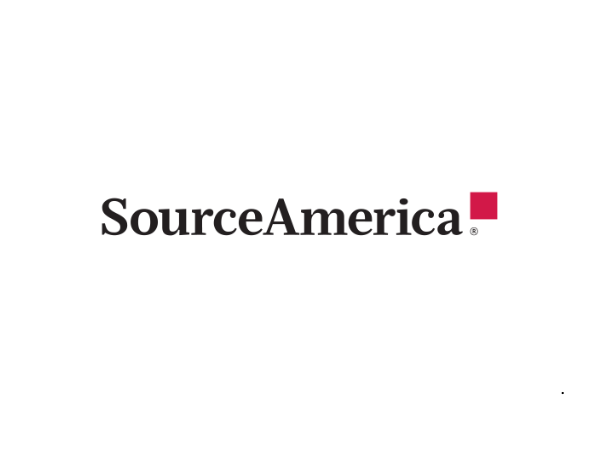Shimmy Releases ‘The Apparel Automation Pulse,’ Insights into Sewn Products Industry Automation
- SPESA
- Jul 18, 2023
- 3 min read
By SPESA
On July 18th, Shimmy Technologies announced the publication of its latest research project, “The Apparel Automation Pulse.” The extensive research uncovered crucial insights into the automation journey undertaken by factories in Bangladesh's ready-made garment (RMG) sector.
Over the past three years, Shimmy meticulously tracked the rate of change in automation, aiming to understand the far-reaching implications on the workforce. By measuring changes at 18-month intervals, the company captured the dynamic nature of an industry subject to macroeconomic fluctuations and traditional planning cycles.
Some of the key findings related to sewn products equipment and machinery include:
Each factory is planning to purchase 98 machines on average within the next 18 to 24 months — increasing their installation of advanced machines by 13%.
Most factories procure machines from Juki, Zoje, Brother, Pegasus, Yamato,VI.BE.MAC, Kansai Special. Few machines are also procured from other manufacturers including BOK, YKK, Unisan, Nisho, Sewpower, H&H, Supreme,ASS, SIP-Italy, Smartech, Reach, Sicama, SHIMA SEIKI etc.
When purchasing advanced machines, 55% of factories expect after-sales support with spare parts, 40% expect after-sales maintenance and spare parts support, and only 30% expect easy installation services and training support from the machine vendors. Contracts go to vendors based on their availability of good quality machines and the reputation of the vendor — not cost.
After purchasing advanced machines, 95% of factories enjoy additional output. They also gain improvement in product quality, worker efficiency, and ease of carrying out critical processes.
The Apparel Automation Pulse
Shimmy’s first Apparel Automation Pulse was measured in 2020, a time when the global Covid-19 pandemic was in full force, and factories were reckoning with abrupt changes in orders and backed-up inventory — alongside a backdrop of infection surges, U.S./China trade policy shifts, and general uncertainty and anxiety about the future.
With that Pulse, Shimmy pushed to understand how factory decision-makers viewed automation. Was it a lever in which they were eager to invest as a hedge against human workforce infection surges? Or were strategic machine and technology investments out of the question at a time when factories were in such dire financial straits?
After completing the first Pulse, factory decision-makers unanimously defined automation as a strategy to increase productivity and reduce workforce costs with advanced machines. About 70% of factories were eager to use automated equipment and technologies to mitigate risk from human workforce infection surges. However, 40% of those decision-makers revealed that the pandemic would delay purchasing automated equipment and technologies for financial reasons.
The second Pulse kicked off in February 2023 to again uncover the rate of change in automation in the sector. Just as the first Pulse in 2020 focused on Covid-19, this time, inflationary pressures and changes in orders are shaping this moment in history and were taken into account. Because of this, this second Pulse also focused on how machines and training factors into recruitment, hiring, retention, etc. The team also collected data on the changes in machine investment strategies as order quantities swung from surplus to decline.
SPESA member Shimmy Technologies is an industrial ed-tech company striving to prepare production workers with the Industry 4.0 skills they need to stay relevant as automation changes what it means to work in a factory and make things.
SPESA members are encouraged to email news and releases to marie@spesa.org or maggie@spesa.org to be featured under Member Spotlights.
.png)




Comments